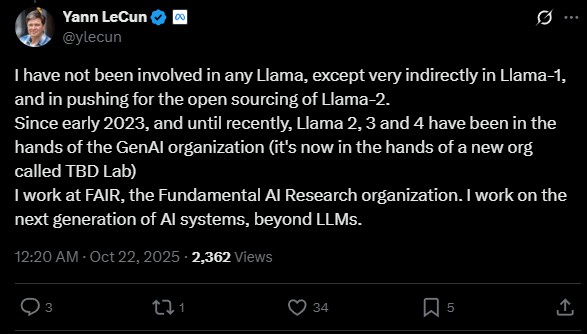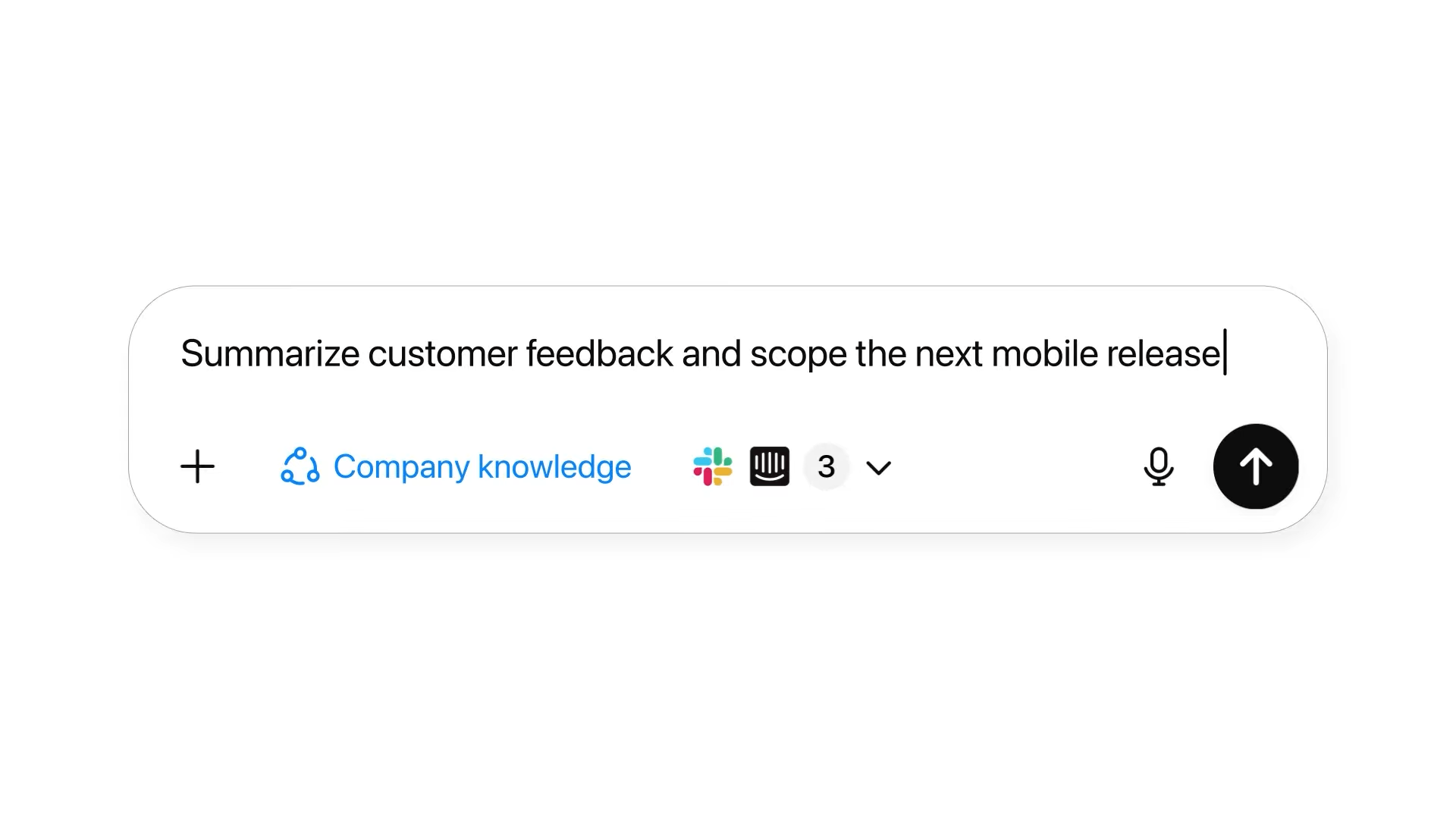Read full article about: Reuters: Deepseek emerges as key AI partner in China’s military research
China's military uses domestic AI models like Deepseek and Alibaba's Qwen for autonomous weapons, report says.
A Reuters analysis shows that China's People's Liberation Army is systematically integrating artificial intelligence from domestic companies such as Deepseek and Alibaba into military systems. Hundreds of research papers, patents, and procurement documents point to widespread use of AI for battlefield automation. The projects include robotic dogs, drone swarms with autonomous target recognition, and real-time combat analysis.
According to Reuters, Chinese military institutions also continue to use Nvidia hardware, including A100 chips that fall under US export restrictions. Thirty-five patent filings reference these components.
Several of the army's procurement documents specifically mention Deepseek, while only one cites Alibaba's Qwen model. Researchers at Xi'an Technological University reported that their Deepseek-based system can analyze 10,000 combat scenarios in 48 seconds—a task that would take traditional planning teams 48 hours. The US State Department recently warned that Deepseek plays a role in supporting China's military and intelligence operations.



